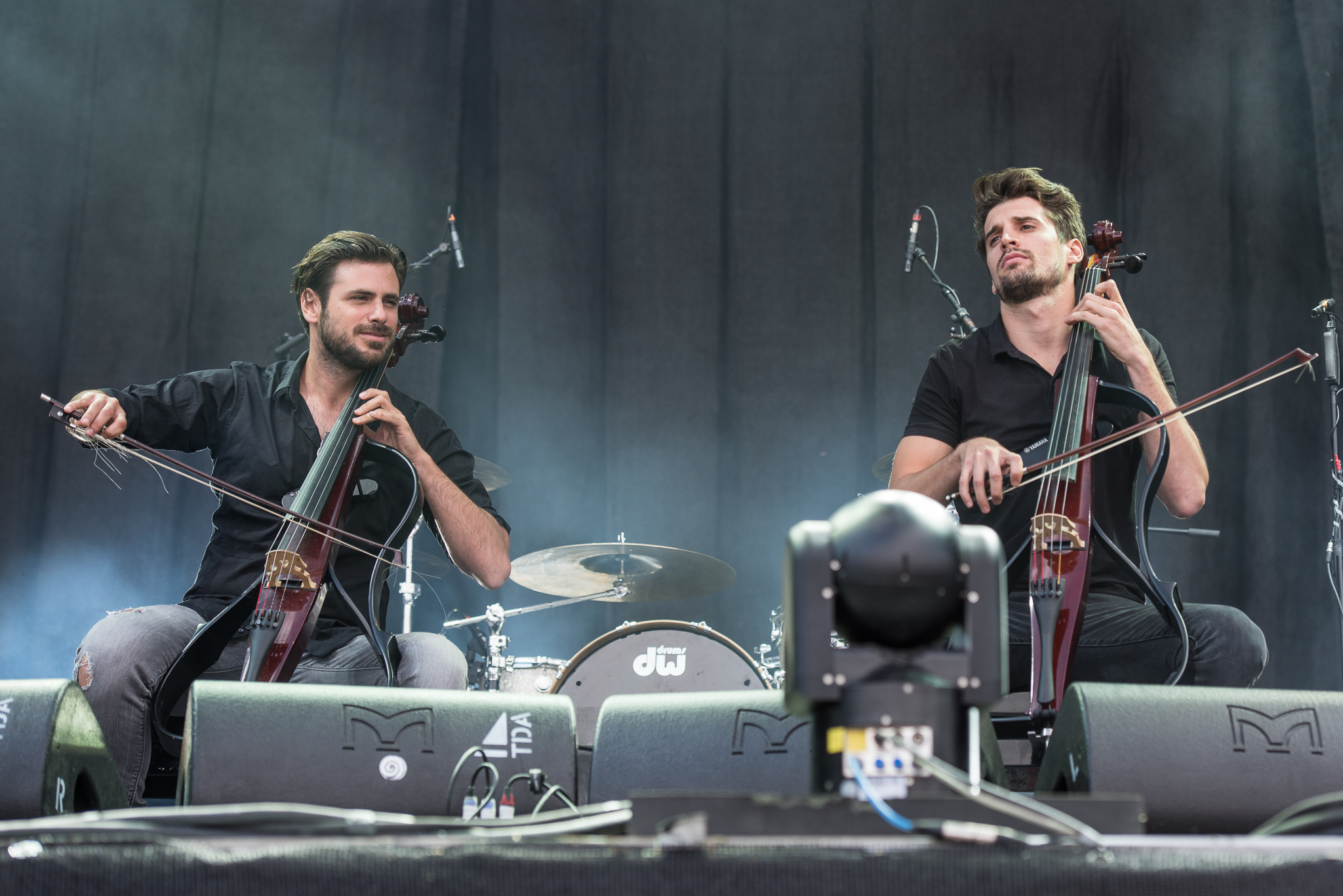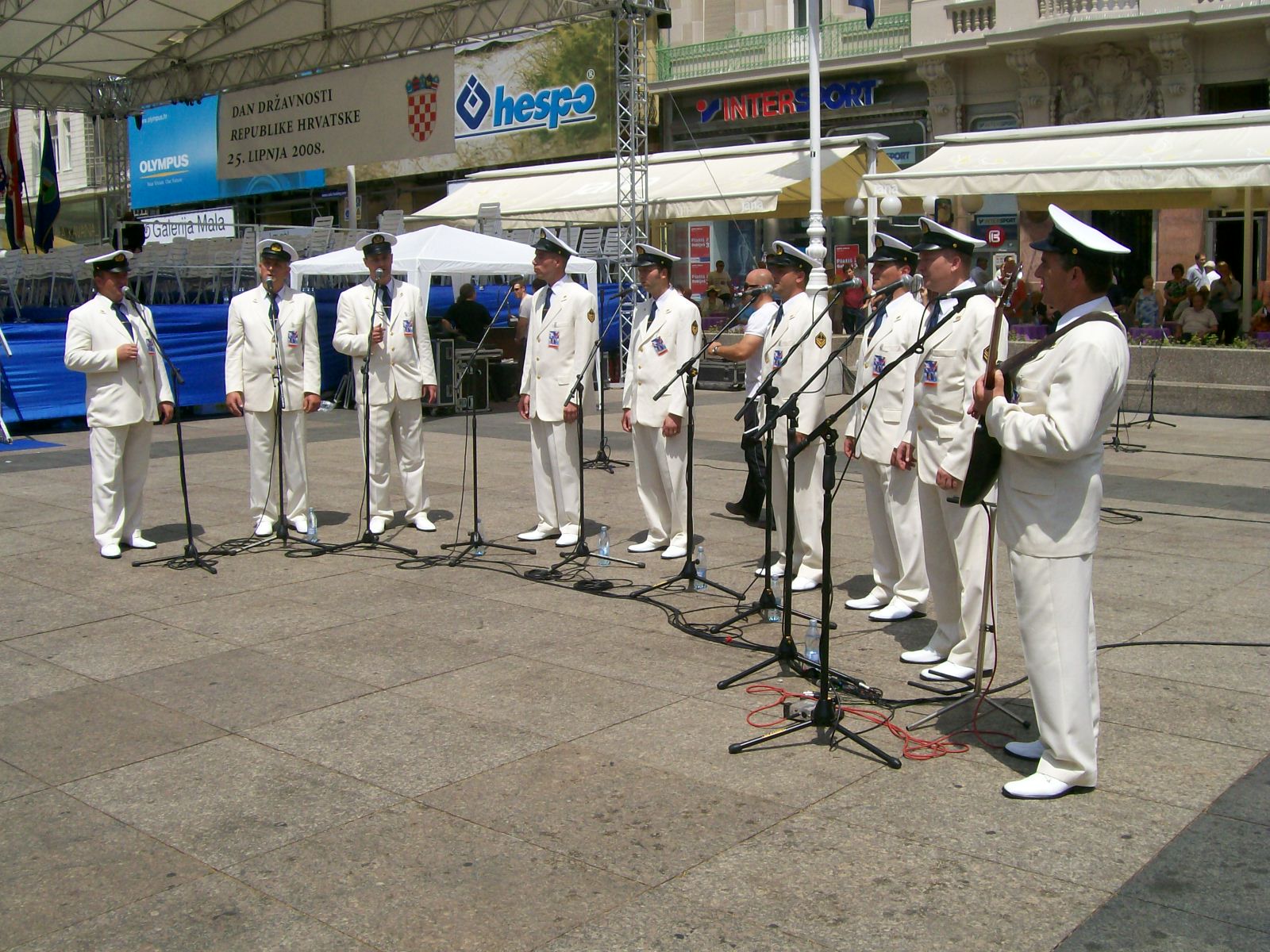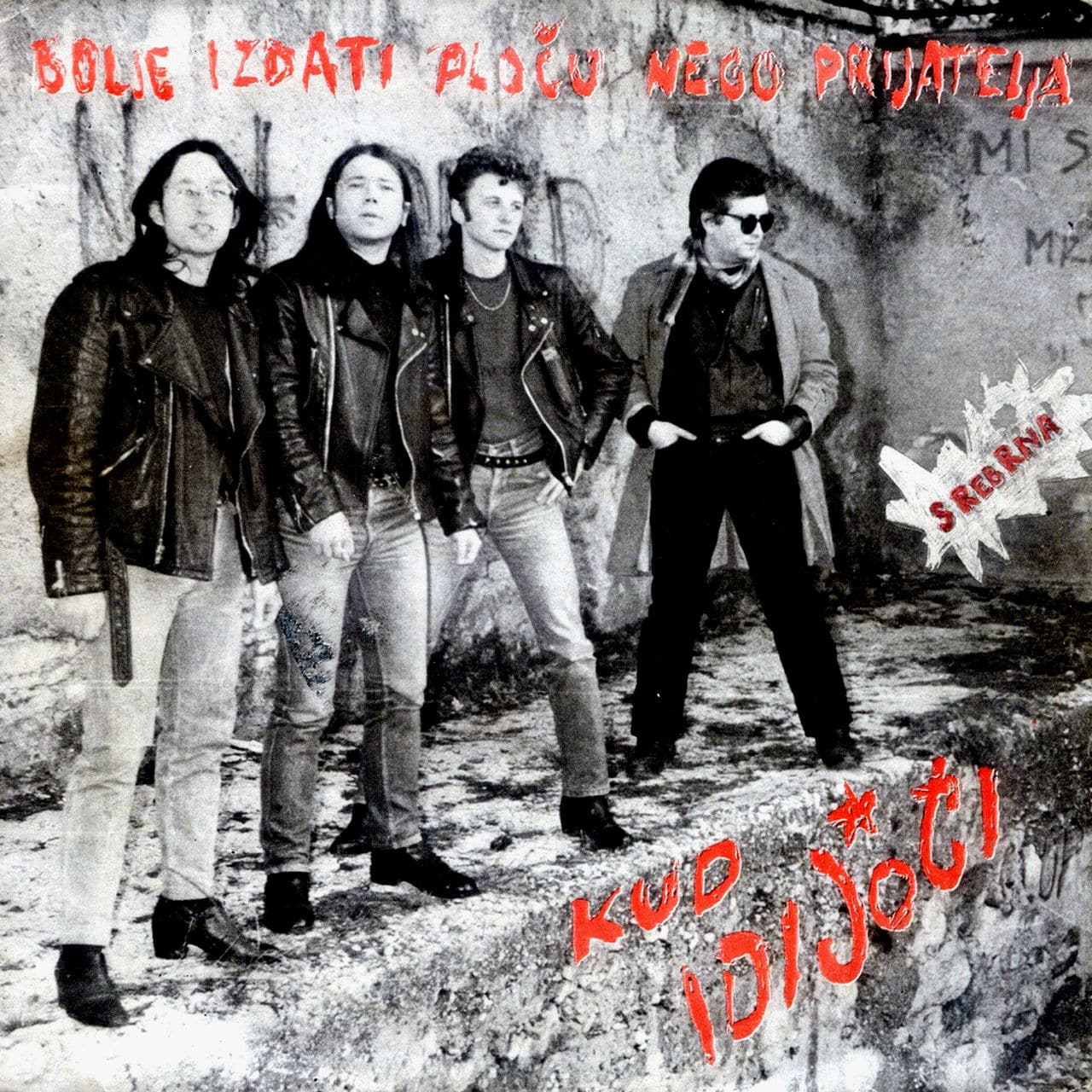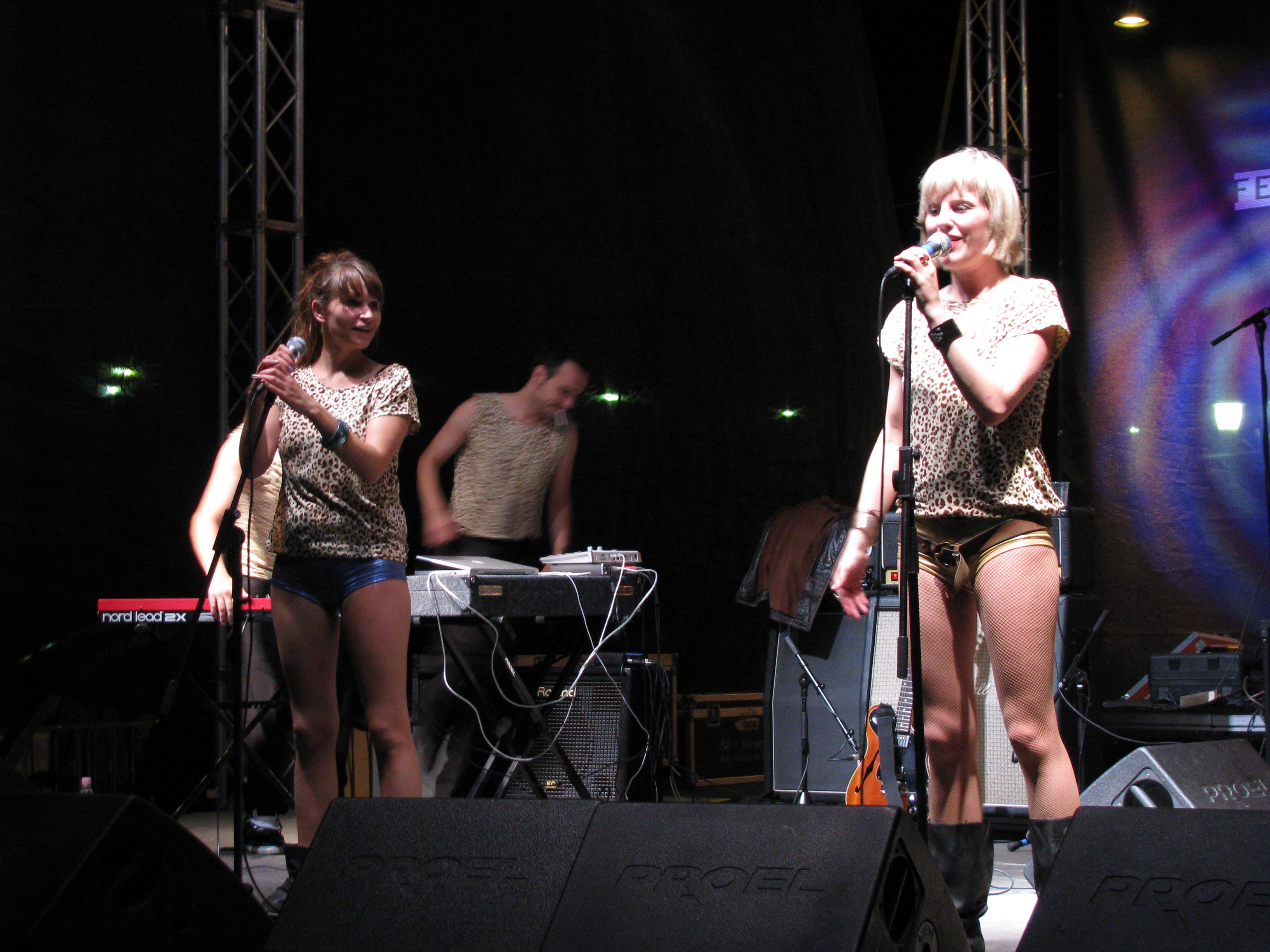Text: Žikica Milošević
Just like any nation that has strong national folklore and identity, while, at the same time, gravitating towards the West, Croatia is placed somewhere in-between worlds, with a deep footing in pop-rock culture and partially in folklore motiffs, especially in Slavonia and Dalmatia.

BETWEEN SCHLAGER, CANZONE AND FOLKLORE
It is not a big secret that, prior and after Goran Bregović, people have been resorting to very witty ways in trying to make their music popular among the crowds that have different musical preferences. In the case of Croatia, the entire country was ruled by the Austro-Hungarian Empire until 1918, which left a trace in the country’s music with Austrian schlagers, Hungarian folk songs and Italian canzone, which is Mediterranean to the core, leaving the biggest footprint. Considering that both Hungarians and Austrians had a very prounounced folklore tradition, and that the Croatians had not, the folklore elements of these two nations did infiltrate the contemporary pop and rock music in Croatia. Many fondly remember a new wave band from Zagreb called Prljavo Kazalište and their ska / new wave songs, while others would advocate that it is their song „Uzalud vam trud, svirači“, which is a typical folk tambouritza song that would make the bard of the Slavnonian tambouritza scene Kićo Slabinac proud, was their best work. Many singers used the said elements in their songs, with Severina, the biggest music star in Croatia at the moment, taking the lead. Although she uses a myriad of Dalmatian writers to write songs for her, she likes to flirt with various folklore motiffs. However, whether they are playing mainstream pop music or are mixing it with other genres, Croatians have conquered Yugoslavia with their sound – from Novi Fosili (Croatian ABBA) and Magazin (with a pronounced Mediterranean influence) to musicians that are using folklore tradition albeit in ironical manner like Let 3.

This is what foreigners think of the Croatian music: „The pop music of Croatia generally resembles the canzone music of Italy, while including elements of the native traditional music. Croatian record companies produce a lot of material each year, if only to populate the numerous music festivals. Of special note is the Split Festival which usually produces the most popular summer hits.” Seasoned pop singers in Croatia include: Meri Cetinić, Mišo Kovač, Ivo Robić, Vice Vukov, Milan Bačić, Arsen Dedić, Zdenka Vučković, Darko Domjan, Tereza Kesovija, Gabi Novak, Ivica Šerfezi, Oliver Dragojević, Tomislav Ivčić, Doris Dragović, Radojka Šverko, Maja Blagdan, and many others. Also, the groups Magazin and Grupa 777 have had sustained careers. In more recent times, younger performers such as Nina Badrić, Severina, Gibonni, Toni Cetinski, Jelena Rozga, Danijela, Lidija Bačić, Antonija Šola and many others have captured the attention of the pop audience. Each of them have successfully blended various influences into their distinct music style. For example, Severina threads between Croatian pop and a folk sound. Djavoli and Neno Belan have always swayed between the Golden Age of the American pop and the Italian canzone, with a charming touch”.

ROCK HERITAGE
But let’s not forget that urban sound has always been the highlight of Croatian music, and we are not only talking about the one that originates from Zagreb. Rijeka and Slavonia were often the hubs of this sound. Case in point – Fit Group (from Rijeka), the controversial band Satan Panonski, and Majke with Goran Bare (from Vinkovci). This sound reached its evolution peak, and we happen to agree with this, during the New Wave period in the early 1980s, just like in Belgrade. While Ljubljana and Novi Sad were the first to embrace punk, Zagreb, with the musicians like Haustor, Darko Rundek, Aerodrom, Azra, Johnny Štulić, Film and Jura Stublić, Massimo Savić, Prljavo Kazalište and others, was perfectly pulsating in the rhythm of what were then the latest musical trends and, as such, brought our former country to its knees. They say that Tito promoted rock music and creativity, but only if it was in the native language, in order for young people to shun Western music. Consequentially, a small number of Yugoslav and Croatian musicians sang in English and succeeded internationally. But today, the music scene in Croatia is abundant and glowing – Nipple People, Hemendex and Lollobrigida Girls helm the electro-pop scene, and My Buddy Moose and Jonathan play great pop and are internationally recognized. The scene continues to thrive with an increasing number of musicians singing in English.


